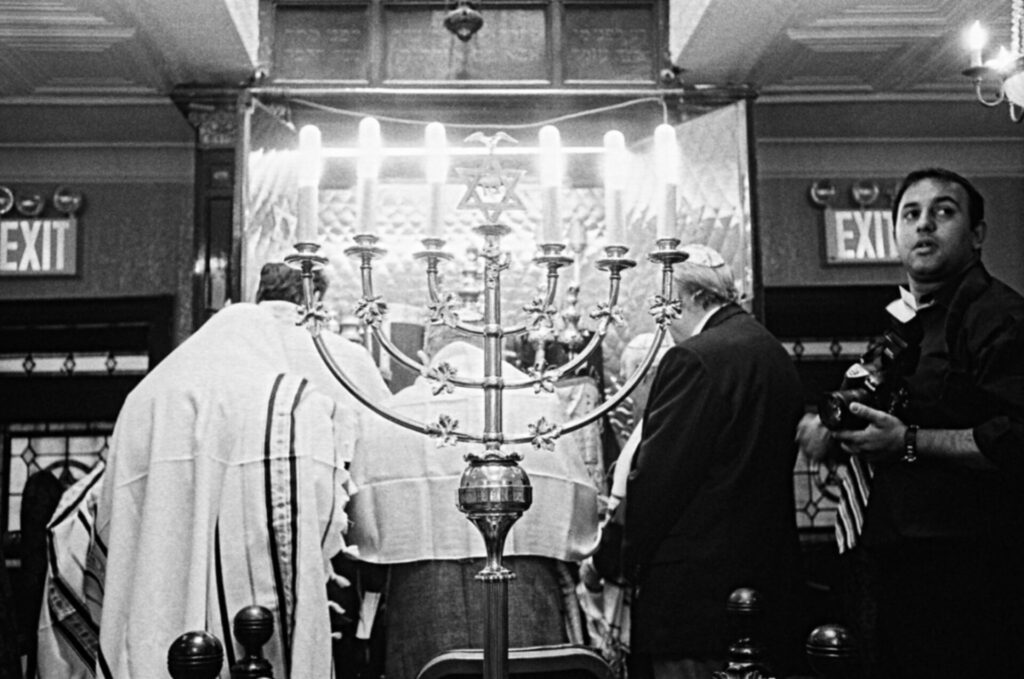This site contains digitized collections of materials from Greek-American immigrants. Learn about the history of Greek-Americans through the stories of these families. Take a close look at the documents, pictures, and items that will transport you to a different time and place.
Let the music set the right mood:
A Brief History of Greek Immigration to America
This is a summary of an article posted on the Hellenic American Protector. To read the full article, visit: https://hapsoc.org/greeks-in-america/
The large-scale migration of Greeks to the United States began in 1880. This was a result of domestic issues that arose when Greece won independence from the Ottoman Empire. Although Greece had won its independence, the economy of Greece had crumbled. Many felt as if they had to leave in order to find jobs or to make new lives for their families.
First Mass Wave of Mass Immigration (1900-1924)
The first wave of mass Greek immigration coincides with the first phase of American Industrialization. Therefore, the overwhelming majority of Greeks arrived as a source of cheap labor. Immigration and Naturalization Services data provide documentation that approximately 421,000 Greeks immigrated to the United States between 1890 and 1921. The majority settled on the East Coast, primarily in Florida and New York, and the industrial Midwest, in Chicago, Detroit, and Pittsburg.
Employment and Economic Traditions
Most of the Greeks who arrived in the United States were able to find jobs in several industries. The Greeks who arrived in New England, for example, worked primarily in the textile mills while those who ended up in Utah and Colorado took up vocations in the coal and copper mines. Californian Greeks were typically found working in railroad gangs. Not every Greek who came to the United States was so lucky, as many were taken advantage of by labor brokers who charged exorbitant prices.
After a few years the Greek immigrants started to build their own businesses. They started with businesses such as small candy shops and shoeshine parlous, but their most successful ventures were restaurants where they served their native cuisine to fellow Greeks as well as other Americans. Many started by selling food from lunch carts to factory workers however some cities banned the sale of food on the street, which forced them to open more permanent establishments. Greek restaurant businesses were so successful that by 1919, one third of Chicago’s restaurants were run by Greeks.
Second Wave of Mass Immigration (1965-1980)
Traditionally, Greek Americans have been concentrated in New York, which has been the preferred place of initial disembarkation and permanent settlement since the first wave of Greek mass immigration to the United States. Greeks inhabited the Astoria section of Queens, New York, during the second wave of mass immigration, and it has been considered the largest Hellenic settlement outside of Greece or Cyprus.
Greek Americans became involved in all spheres of American society:
Greek Jews (Romaniotes) started to immigrate to the United States in the early 1900s, their immigration is an integral component of Greek immigration. The presence of Romaniotes in the U.S. diversifies both Greek culture and Jewish faith. They established their first synagogue, Kehila Kenosha Janina, in 1927 in the Lower East Side of Manhattan. They retained their identity, distinct from both Ashkenazi and Sephardic Jews by maintaining the Greek language and conducting religious services in Judeo-Greek.
Currently, the Greatest number of Greeks in New York reside in the Borough of Queens. Census data show that native born population of the United States reaches 86% while native born Americans of Greek ancestry is slightly higher at 88%. This is an indication of the transformation of the group, supporting that the post-1965 Greeks are beyond the immigrant generation. Greeks are now Americans of an ethnic background.









